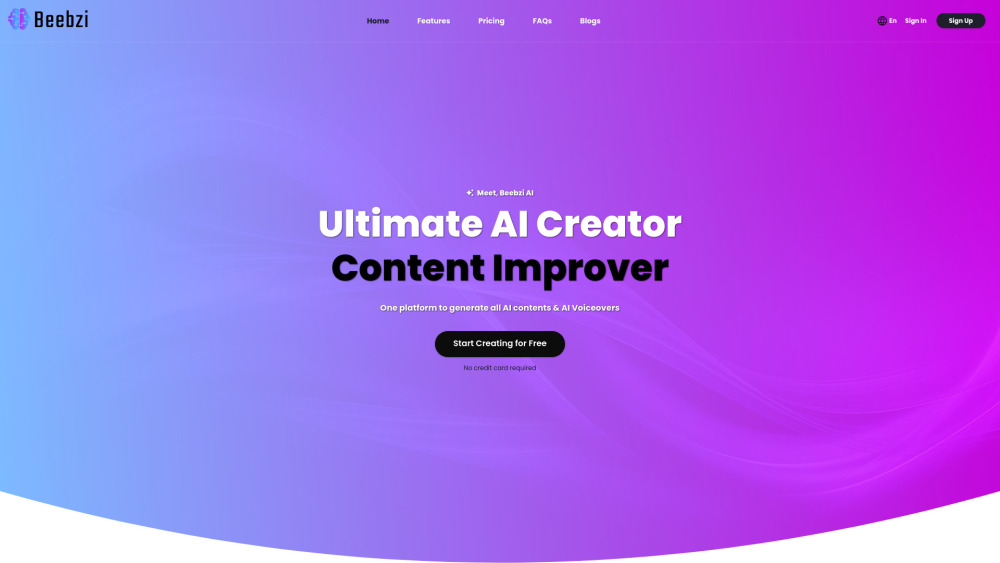Is OpenAI Developing Mysterious 'Black Technology'? Discover the Secrets Behind OpenAI's Enigmatic Project 'Strawberry'
Most people like

Hama is a powerful AI tool designed specifically for effortlessly removing unwanted objects and people from your photos. Whether you're enhancing personal memories or creating stunning visuals for projects, Hama streamlines the editing process, making photo retouching simple and effective.

Discover the exciting world of AI face swapping, a cutting-edge technology that allows you to effortlessly swap faces in photos and videos. This innovative tool leverages advanced artificial intelligence to create seamless and realistic transitions, enabling you to transform your visual content with just a few clicks. Whether you're looking to enhance your social media posts, create engaging memes, or experiment with creative projects, AI face swap technology opens up endless possibilities for personalization and fun. Dive into the future of visual editing today!

Experience the power of AI technology with our innovative tool designed to effortlessly remove or change backgrounds in photos. Transform your images with precision and ease, making your visuals stand out.

Unlock the power of AI with our innovative content copilot, designed specifically for marketing and sales professionals. By harnessing advanced algorithms and data-driven insights, this tool streamlines your content creation process, enhances audience engagement, and drives conversions. Elevate your marketing strategies and sales tactics with cutting-edge AI assistance that empowers you to craft compelling messages and connect with your target audience more effectively than ever before. Experience the future of content creation and watch your performance soar!
Find AI tools in YBX
Related Articles
Refresh Articles
